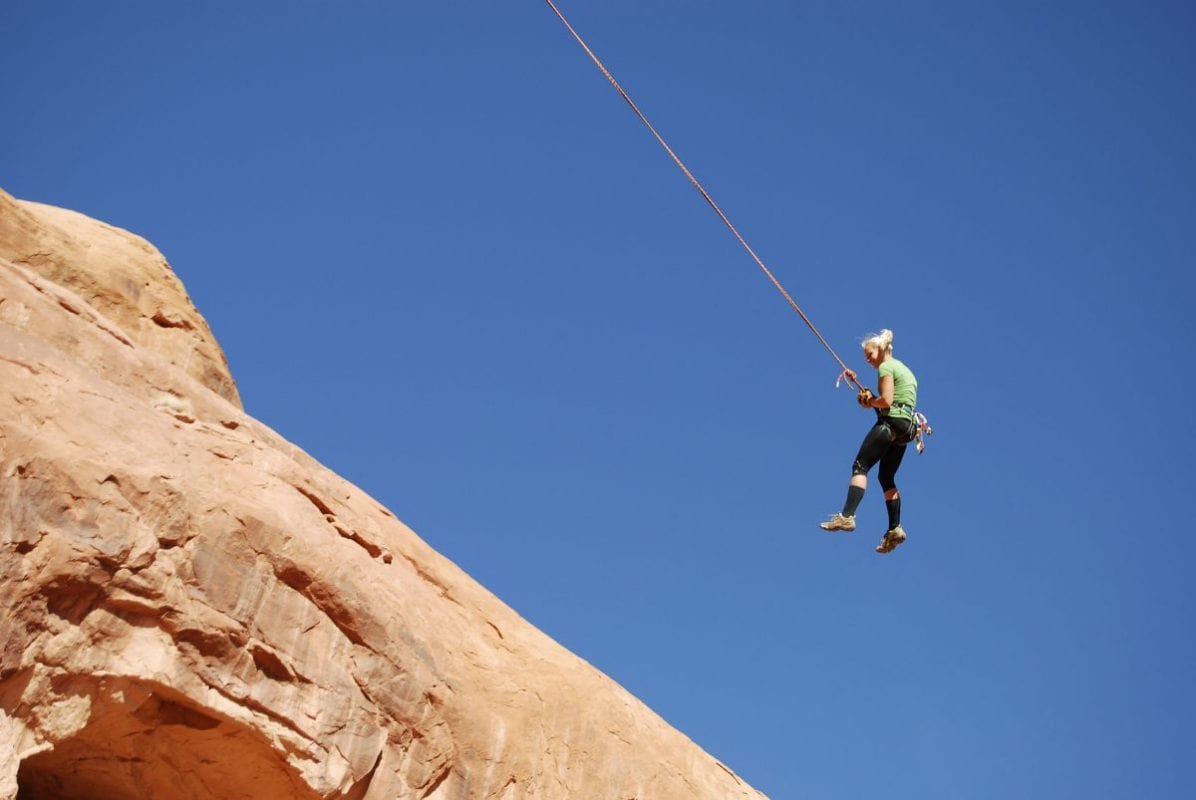High-risk sports have gone mainstream as thrill-seekers and adrenaline junkies share their experiences on videos and major corporations sponsor their chosen disciplines. It’s exciting to watch and even more exciting to participate, no matter what your age. But if you’re an older individual who’s looking to push your body in pursuit of an extreme sport, you need more care and preparation before you can take on more-advanced moves. Here are four things you should consider before engaging in a high-risk sport that’s new to you.
Work on Improving Your Fitness Level
Do you go to the gym regularly? If so, what’s your routine? If you’re doing mostly cardio and hitting the weight machines, you’re probably not at the level of fitness needed for a high-risk sport. Your body needs to be in peak physical condition before you engage in anything that requires body strength, agility, and fast reaction times.
Consider what it takes to stand on a skateboard before pushing off. You need strong abdominal muscles and legs to counteract the constant shifting of the board as you stand on it with one foot in front of the other. Then you have to put your foot to the ground and push off while the other leg stays on the board. All of this is done in one fluid motion, but you won’t be able to do it properly and with the least amount of strain if you don’t have sufficient conditioning.
Make Sure You Have Adequate Insurance Coverage
Your body isn’t the same at 65 as it was at 45, and it’s not the same at 45 as it was at 25. There’s an adage of, “You don’t bounce as easily as you once did” as the years creep in. This is not to say you shouldn’t engage in a high-risk sport, but extreme sports do carry a higher risk of injury and you don’t want to get caught with medical bills that aren’t covered by your insurance. Check your policy for coverage if you’re younger than 65. If you’re 65 and older, look into Medicare supplement plans to cover gaps and deductibles in the event you need medical care.
Take Lessons to Learn From the Ground Up
You may have done a variation on the sport 20 or 30 years ago and think you’ve got a head start. Or the sport is something completely new to you and you need help to get going. Taking lessons is highly recommended no matter your experience level. Many things change in sports as technology advances and new things are learned about how the human body performs a particular movement. What was valid 30 years ago may not be valid today, and you could be moving in ways that are completely wrong for the sport.
Lessons from an expert help you learn the moves and coordination involved in the sport. You’ll do a better job of performing each step when you’ve been shown what to do and how to do it, as opposed to relying on outdated knowledge or none at all.
Join a Group for Support and Safety
High-risk sports are usually performed with the help of a second person. That person is there to keep you out of trouble and help you get to safety if something goes wrong. But if you only have one person available to help you, you can’t always rely on him or her being there when you want them. Widen your pool of potential help by joining a group or club that’s involved in the sport. Chances are good that you’ll be able to find someone to help you when your regular backup can’t make it. And in turn, you can provide support when that need help, increasing your value to the group.
High-risk sports are fun, and part of that fun comes from the inherent danger that’s involved. While it’s not possible to guarantee your complete safety, you can reduce the odds of something going wrong by using these tips to get you started.








